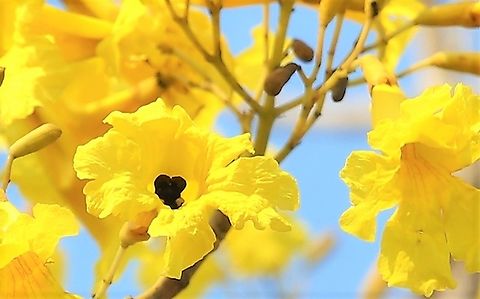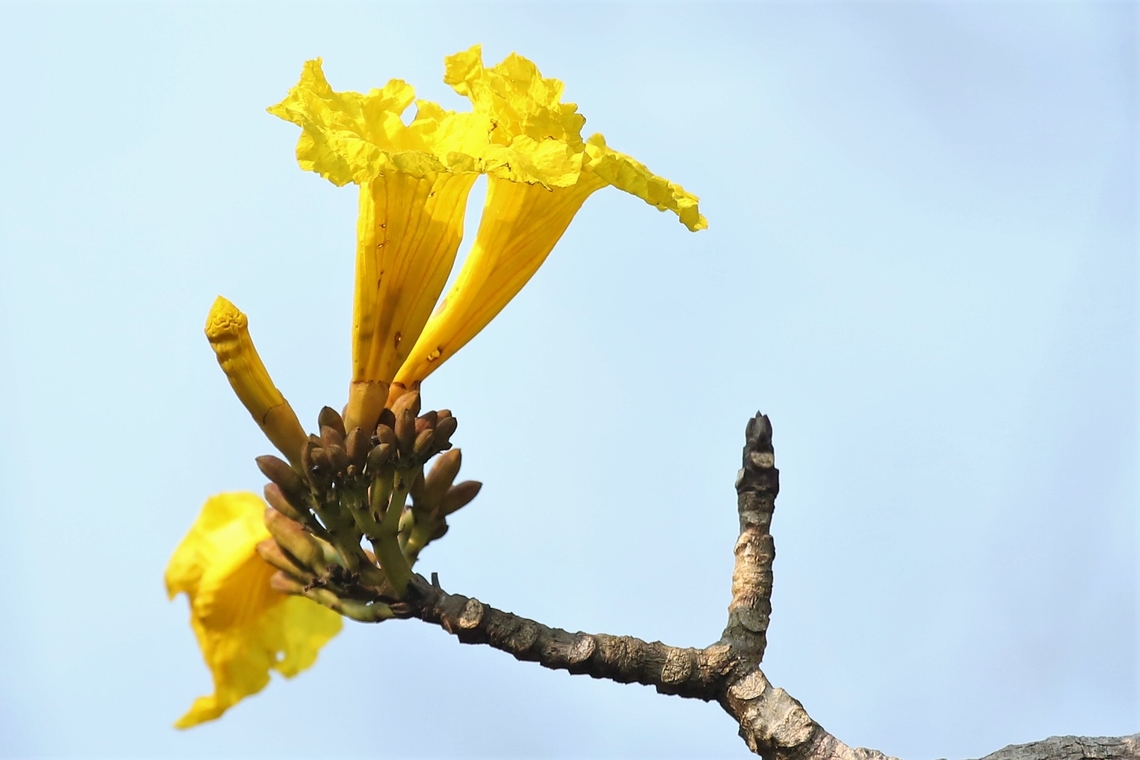
"Tabebuia aurea" is a species of "Tabebuia" native to South America in Suriname, Brazil, eastern Bolivia, Peru, Paraguay, and northern Argentina. The common English name Caribbean trumpet tree is misleading, as it is not native to the Caribbean. It is also known as the silver trumpet tree, and tree of gold.
Similar species: Lamiales
By NattyOne
All rights reserved
Uploaded Jan 1, 2023. Captured Aug 17, 2022 13:37.


comments (6)
Not aware of flower-piercers there, though! Happy New Year! Posted 2 years ago
Happy New Year!
Posted 2 years ago
https://www.jungledragon.com/image/145103
However, this about T. aurea " nectar robbery (hummingbirds, Xylocopa and Oxaea bees). Similar to pollinators, nectar robbers visit larger inflorescences with a higher frequency" Larger bumble-bees appear to be the best pollinators.
https://www.jungledragon.com/image/145102
There's a lot here. https://academic.oup.com/botlinnean/article/181/4/667/2707845
Thanks again Posted 2 years ago, modified 2 years ago